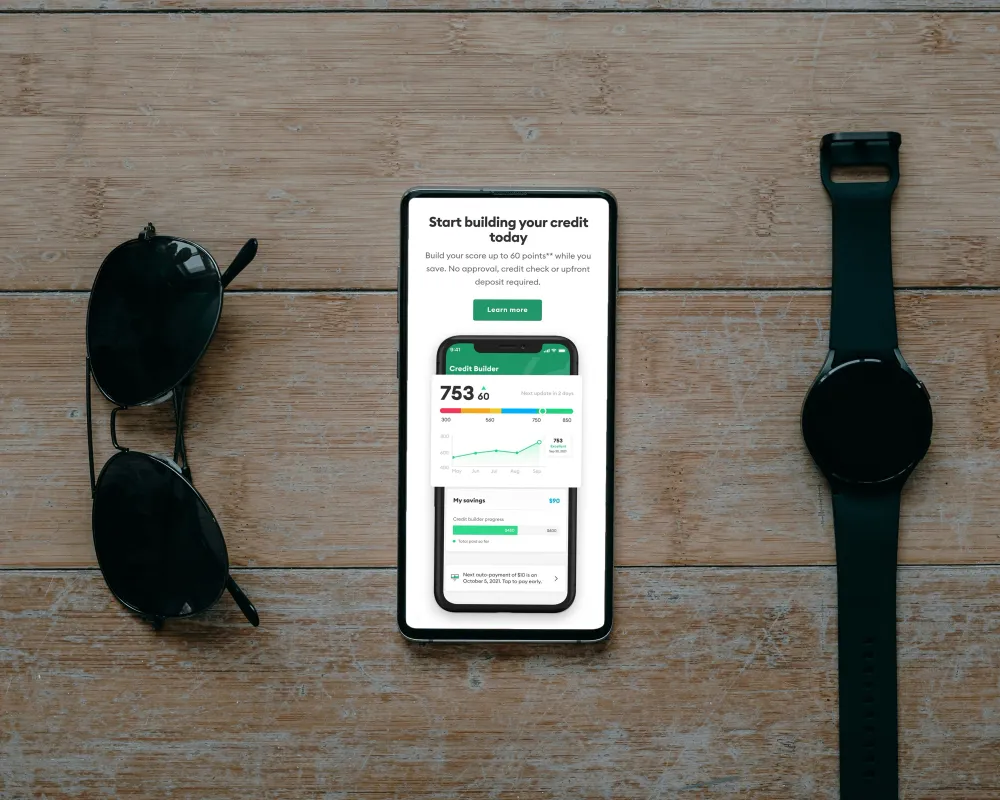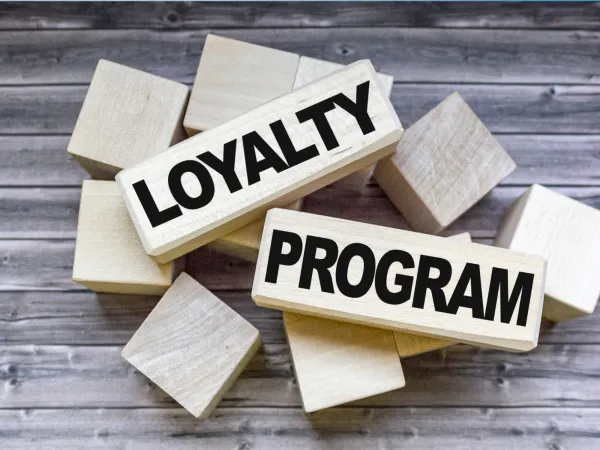
The Dynamics of Credit Scores and Their Effect on Borrowing Power
Although credit scores may not be something you think about often, they are an important part of lending in today's world. When you want a car loan, a mortgage, or when you go to open a small line of credit, that score lays the groundwork for the lending experience. It indicates to creditors how you have handled your personal funds in the past, and therefore how they can expect to handle their own money.
Every adult with a payment history has a credit score, and nothing is missed when tracking your score. A missed payment, a maxed-out card, or a long since cancelled account all may be part of writing your score. Your score ultimately becomes a summary of your credit ability over time.
A low score may mean high rates for borrowed funds, or low limits on your spending. A high score may extend the amount of credit you have access to, and larger loans could be made. In the area of lending, numbers may speak louder than you do!
What Credit Scores Actually Measure
A credit score summarizes years of financial behavior into a single number between 300 and 850. It may seem kind of magical, but it's actually based on five basic categories.
The most important is payment history. If you manage to pay on time regularly, you will have a higher score, but if you have missed any due dates, this negative item stays on your credit report for several years.
The next category is credit utilization, or how much of your available credit that you are actually utilizing. Maxing out a card, even if paid off later, will lower your score. The next category is length of credit history, which rewards those whose credit accounts have been open longer. Your oldest credit card account or a retail account could be working quietly in your favor or providing info that lowers your score.
Newly opened credit or inquiries is also part of a score. Lots of applications definitely raises red flags. And finally, credit mix rewards you for having different types of accounts, like a loan and a credit card, and still being responsible. As you can see it doesn't consider your income, but is definitely considering how responsible you are with money, and lenders are watching.
Scoring Ranges and Their Impact
Credit scores are classified into different ranges. While lenders may change their policies, the overall classification racket remains consistent. These classification categories determine whether you are approved for a line of credit, the amount you are approved for, and your interest rate.
While a few digits can change the financial position underneath your feet. If you reach one rung higher you could receive a little better rate, or avoiding the security deposit entirely. Just a dip will mean that that "good deal" on your car loan just cost you a couple hundred dollars in interest. When it comes to borrowing leverage, a couple digits can have a material impact.
300 to 579: Very Poor Credit
Individuals in this range may struggle to access traditional credit and often face upfront security requirements or high interest rates. For example, a 545 credit score might limit options to secured credit cards or subprime personal loans, often with tight repayment terms and limited borrowing ceilings.
580 to 669: Fair Credit
Borrowers here might qualify for credit cards or loans, but the terms often include higher fees or strict limits. Approval is not guaranteed, and lenders may request additional documentation.
670 to 739: Good Credit
This is where borrowing power starts to provide choices. This good range unlocks more competitive interest rates and larger loan amounts. It shows lenders that the applicant has made mostly responsible financial decisions.
740 to 799: Very Good Credit
Individuals in this group usually receive favorable loan terms and have higher approval odds. For instance, someone with a 760 credit score often qualifies for lower interest rates on auto loans and mortgages, larger credit limits, and pre-approved credit card offers. Lenders may pre-approve applicants in this bracket, reducing time spent on applications.
800 and Above: Exceptional Credit
These borrowers usually secure the lowest available rates and enjoy streamlined approval processes. In many cases, lenders compete for their business through special promotions or rate incentives.
The Role of Credit Reports
Think of your credit score as the summary and the credit report as the script. It shows you everything: open and closed accounts, late payments, and even the store card you forgot about five years ago. When the script has typos, your credit score then suffers. A duplicate debt or a mystery collection can quietly bring the score down.
Each of the major bureaus, Experian, Equifax or TransUnion, writes its own version of your financial narrative. Scores may differ slightly in range, but lenders usually use the same playbook, either FICO or VantageScore, when compared with each bureau.
Keeping your report clean matters just as much as keeping your balances low. A quick dispute here, a fraud alert there, and before you know it, you are safeguarding one of your value financial tools. It’s not glamorous, but it works.
How Credit Scores Shape Real-World Borrowing
Credit scores are not used on their own by lenders. They will also consider income data, a borrower's work history, and debt-to-income ratios. However, the score usually indicates the starting status. A borrower with a 750 credit score will enter into a discussion with significant power to negotiate. A borrower with a 610 may need to provide collateral or a guarantor in collaboration with their application.
This distinction in borrowing is magnified in secured loan situations. For example, a score that meets or exceed 620 is often required to approve a conventional mortgage. An auto loan may be approved with a lower score, but there will likely be additional stipulations. Similarly, credit cards, and the majority of unsecured credit cards, will issue outright denials of applicants with scores under 600. If a score is in the mid-range of 600 to 650, for example, then the credit card issuer will issue a high-interest rate with substantial fees.
In business financing, for example, a business owner with a poor personal credit score often receives limited capital accessibility regardless of the performance of the business. In particular, startups, "pre-revenue" or with very little revenue must rely on the credit profile of the founders when applying for locating early funding.
Improving Borrowing Power
Credit scores aren’t built overnight, but they do reward consistency. Paying on time is the gold standard. One missed deadline, and your record has a long-lasting black mark.
Keeping balances low is next. Using less than 30 percent of your credit limit demonstrates that you can borrow and manage your money. A balance that hovers near maxed-out territory sends the wrong signal, even if you pay it off.
Opening new accounts can help, but treat it like seasoning. A little adds flavor, too much ruins the dish. Lenders prefer long, stable histories rather than short bursts of activity.
Lastly, keep an eye on your credit like you would your phone battery. Regular checks help you catch issues early, before they drain your borrowing power.
A Tool Requires Sharpening
A credit score is more than a pat on the back or a slap on the wrist. It quietly steers every loan conversation, often before a word is spoken. Treat it right, and doors open faster, interest rates drop, and approvals come without an uphill battle.
Every credit file tells a story. Every swipe, missed due date, or closed account helps write it. Whether you’re getting a secured card or chasing the best rates in the market, the number tied to your name matters more than most people think.


